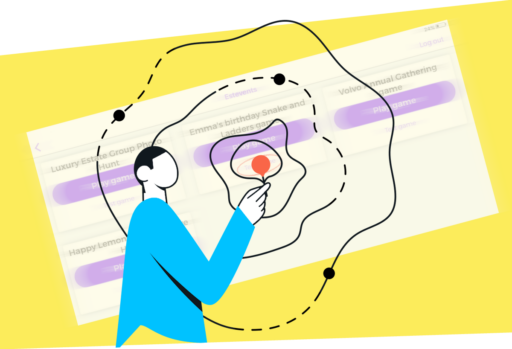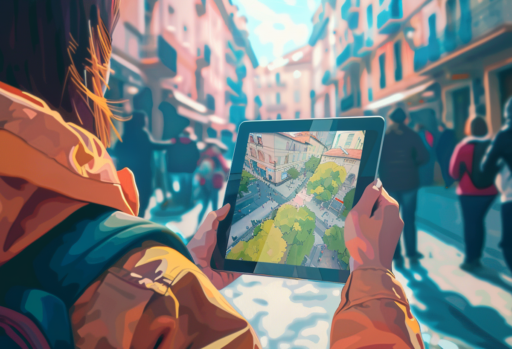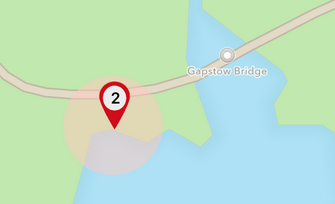Scavenger is a game type where the game designer decides what locations become visible on a map depending on time and visited locations. Read more about Scavenger type of games, in support.
The Scavenger game is the most flexible game type in Loquiz. It can do everything that Rogain does and a lot more, although it is a bit more tricky to set up. So here are some hints, tips, and best practices for setting up a Scavenger game.
Scavenger was created to allow game designers to tackle some of the everpresent questions
Q: How do I make sure that teams are not following each other?
A: You send teams to different locations at the start of the game. The way to do that is explained in support.
Q: How can I manage the team flow between team training exercises?
A: You make teams rotate in a circle. Explanation is in support.
Q: I want each team to follow a different route. Can I incorporate that?
A: Yes, but it is more work and you should check that this is really needed. Walkthrough is in support.
There are some do’s and dont’s you need to be aware of if you are using Scavenger.
1. Make sure your key locations are physically accessible.
In other game types there are safety measures built right in if one or several of your locations can not be accessed. In Rogain, players can choose another location (because many are open), in Strategy, players can use the “Open Question Now” feature. In Scavenger, if only one location is visible and it can not be accessed, the game will not continue until time is up and then the finish pops open. Check your locations and if possible offer alternative routes (more than one location open always).
2. Do not bring the finish field onto the map too early
In other games, the game will not end early (in Strategy you need to progress to the finish and in Rogain you need to visit all the locations or wait till the game time runs out). In Scavenger, the game will end the second a player activates the finish location. If it is visible, it can be activated. One option is not to create any rules for the finish, then it will pop open either when the time runs out, or when all the locations where the team can get to (not all the locations in the game, but only logically accessible for the team) have been opened.
3. Know what you want from starting points
While you can mark the starting locations, you do not have to. If no starting locations are set, all the locations that are not opened by rule will be open at the start. If you mark starting locations, then only these will be open at start and all the locations will become open after the locations marked as start are answered. NB! Finish acts differently!
4. Rotating starting fields will change the behaviour
With this feature, you can make every team get only one of the starting fields. If this is answered, all the locations without rules will be visible (also locations marked as starting fields).
5. Remember that every location can only be activated once.
If it is answered, then additional rules will have no effect. So, in case one question is activated by several locations, it will appear when the first location activates it. It will not be activated again after answering.
6. When setting the rules that bring locations to the map, think in two ways
This is a bit head scratching, but here is what you need to do. In Loquiz wizard, you are defining what locations each location is activating. This is straight forward. The opposite is a bit harder. Are there questions that are not activated by any questions?
All in all, Scavenger is a very powerful tool, but it takes care to create a working game. Please test your game before going live. That’s it.
Related stories

Playing games is fun, but creating games is even better. What if you generate a profit from your own game...

I might surprise you with the following statement, but I consider that testing is even more important than development. Look...

Implementing gamification on your self-guided city tour using people’s devices can enhance the overall experience in several ways. Here are...
Start free trial to bring your ideas to life
Sign up and create games, tours, team events and educational content that captures peoples' attention
Start from the scratch or use templates to kickstart!
